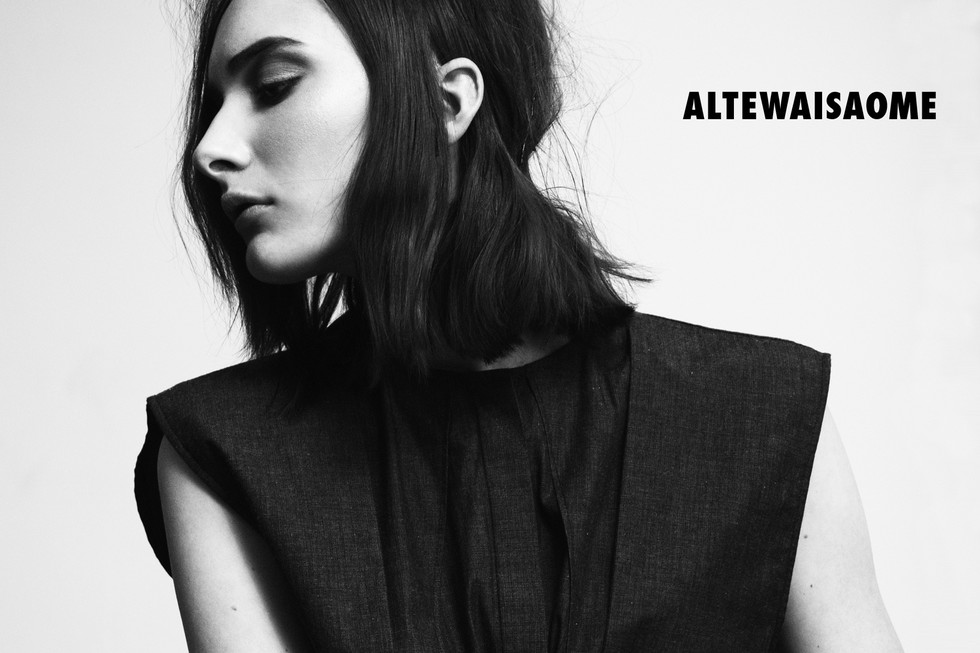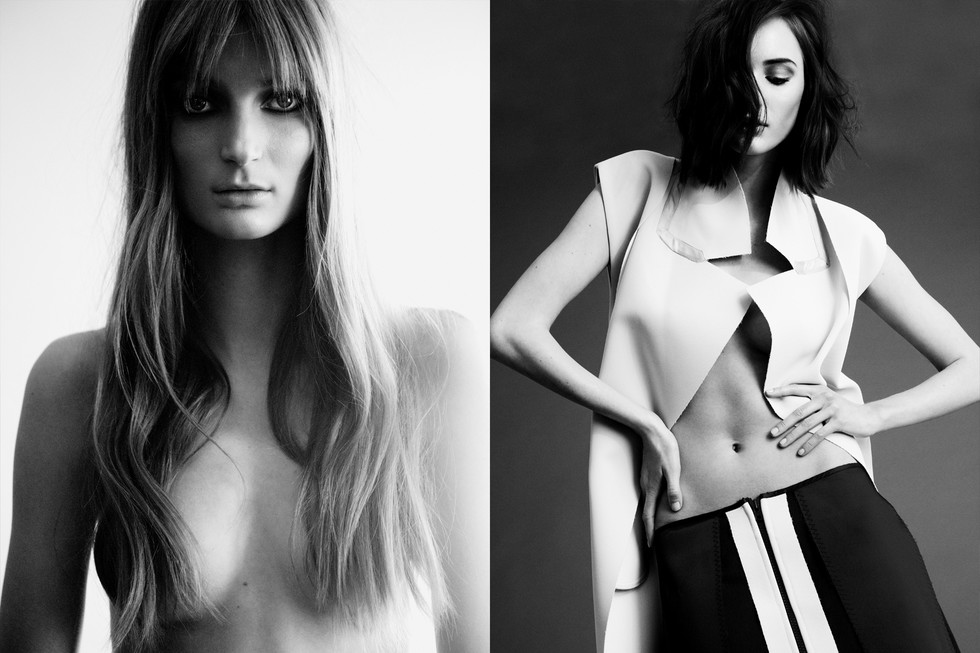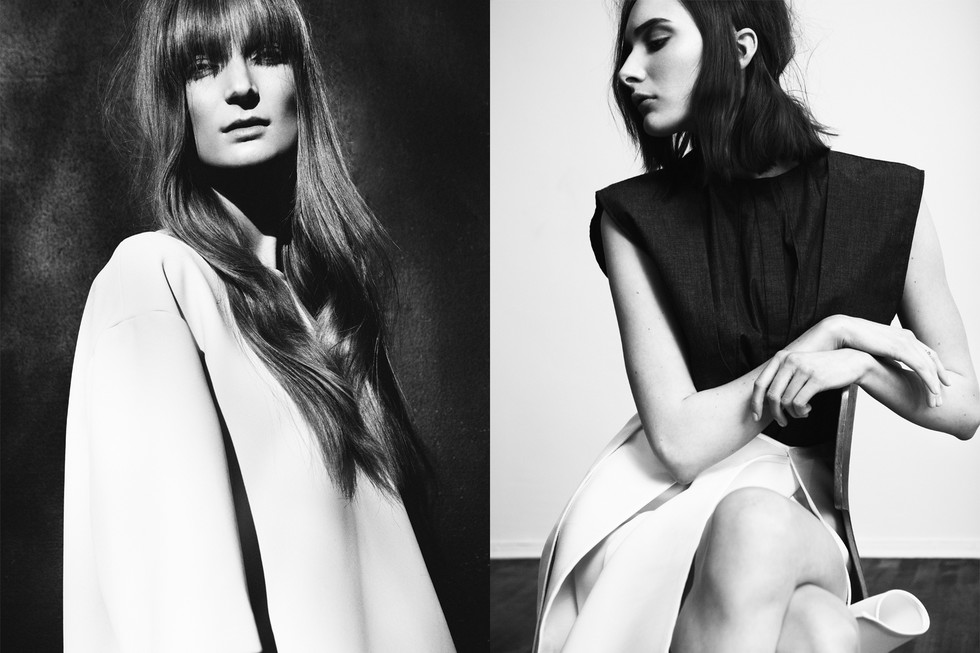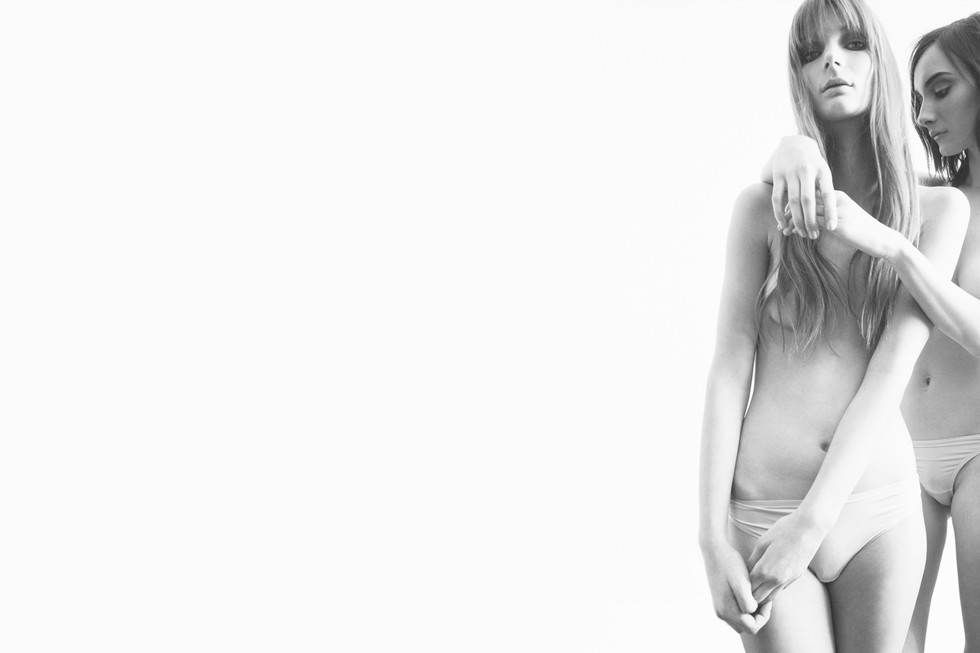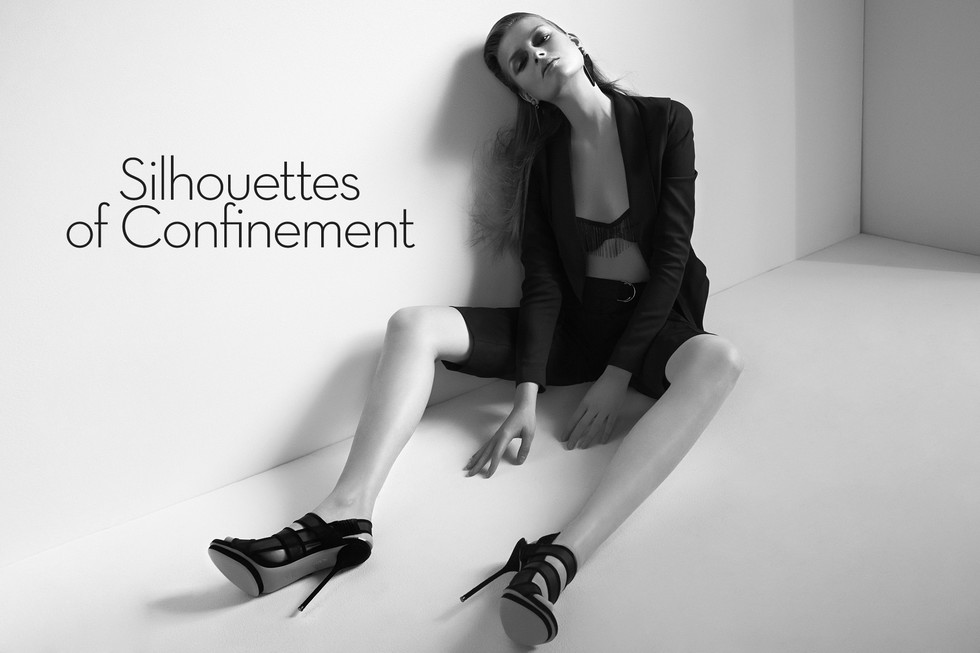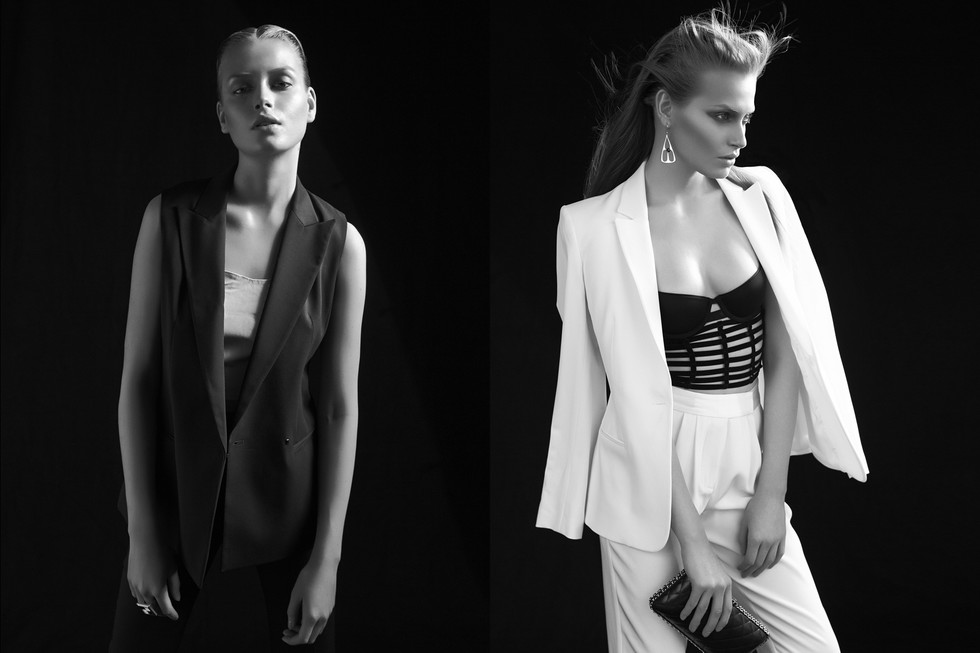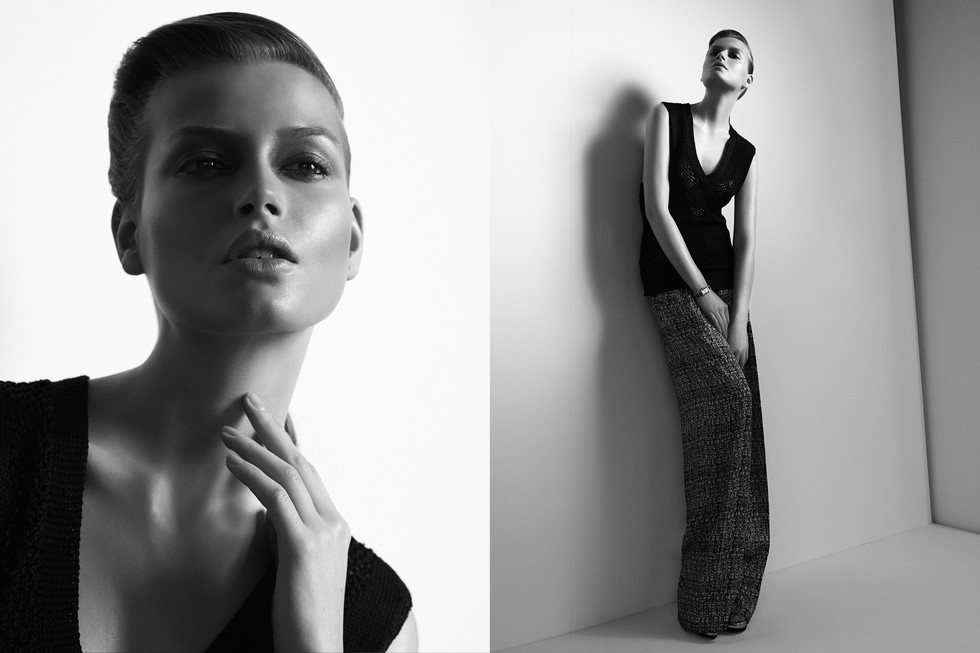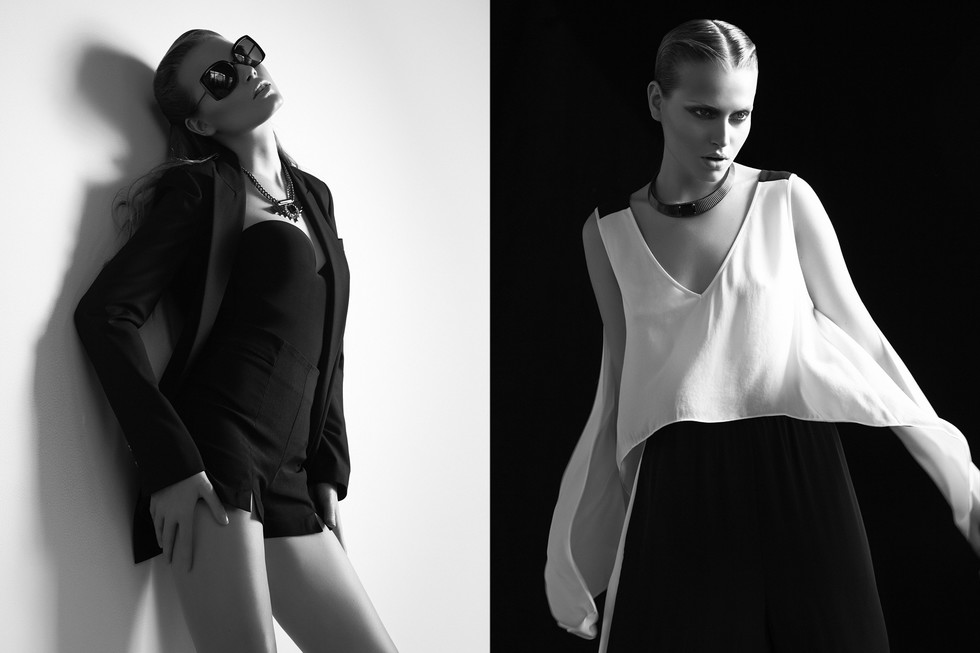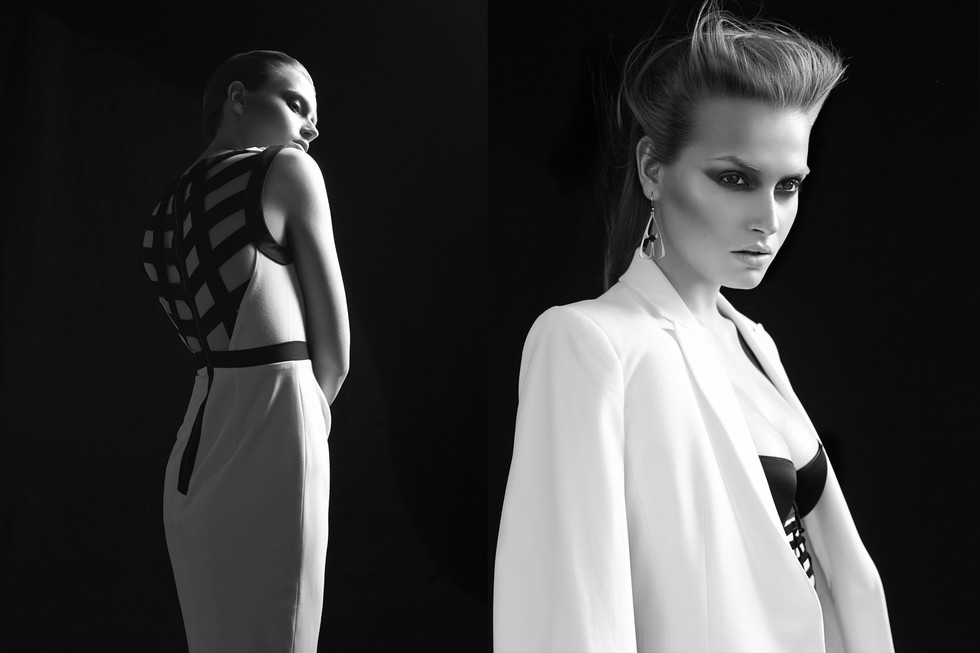The two Swedish designers Natalia Altewai and Randa Saome have created something unique together. With an eye for detail they mix embroidered and printed fabrics while experimenting with shapes and volumes. The AltewaiSaome style is more international than Scandinavian specifically and the couple has managed to carve out a unique niche on the Swedish fashion scene.
Natalia and Randa had talked about starting a brand together for several years. In 2009 they fulfilled their dream and AltewaiSaome was born. Everything came naturally when setting up the studio because they knew exactly what they wanted to accomplish.
Coming from two different backgrounds the partnership created a style that no one could have envisioned, although it was what everybody had been waiting for. And the timing was impeccable.
Natalia had been working with design and production of bags and accessories while Randa’s specialty was textile embroidery.
Today they’re busy working on their collection for S/S 2014 and leading the production for A/W 2013. These days the couple has seen their different abilities seriously intertwined. “Somehow we have grown together after all these years. We have learned each other’s skills and we share the same vision.”
Why did you both want to be designers?
It was something that seemed natural for both of us. It was the only thing we knew we wanted to do.
What was it that made you become friends and partners?
It all started while studying at Instituto Marangoni in Milan, Italy and we were in the same class. We ended up living together for almost four years and realized that we could create something great together, even though we were very different at that time.
Do you have different backgrounds?
Randa: I’m Syriac but, I was born and raised in Stockholm.
Natalia: I’m from Poland and Yemen but, I was raised in Malmö.
What is unique with ALTEWAISAOME and what is the driving force behind it?
Today it is very difficult to say that one is or does something that´s unique because there is so much of everything, but we hope that’s what makes us a little different is our sense of style and our passion for details. We like to create new ideas and see the results. The results and responses drive us the most.
What inspiration, knowledge or experience did you bring home from studying and working in Italy?
Many things: Everything from how to build up a collection; how to use different techniques in textile design to drawing for embroidery and printing. We also got experience from dealing with many stressful situations where a lot went wrong. We learned how to find solutions and compromise. Another important aspect we learned was that there is a concept called “work for a set amount of hours per day” but, in reality you work until the job is completed, with or without pay; if necessary, all night long for several days, straight simply hard work.
Where do you produce your clothes and is it under fair conditions?
We produce in Poland and Portugal. We visit the factories every season to oversee the facilities and working conditions.
What do you think about the environmental impacts in terms of your production?
We make sure that the fabric manufacturers use their own machines to color and that no toxic substances are used. We try to minimize transportation and make sure that we do not produce too much fabric or make too many pieces that will not be sold.
What are your favorite materials and colors?
Usually we prefer to work with stiffer materials to get the volumes we're looking for. We have no absolute favorite color. We use the colors that feel right for the season.
How do you dress yourself?
We dress up the most in ALTEWAISAOME. Right now our favorite garment is the Triangle Jacket – it works like a sweater but also as a jacket.
You have mentioned that those who wear your clothes are strong women. How do you define your male consumer who buy from your men's collection?
The men who buy our clothes are usually more familiar with fashion and are very fashion conscious. He both dares and wants to stand out.
A lot of bloggers praised your SS13 sunglasses. Where can you buy these?
They will be sold by most of our buyers around the world. For example: Baerck Store in Berlin, International Playground in New York and Vein in Hong Kong.
In Sweden, they will be sold on our web shop and at Nitty Gritty in Stockholm.
About the future. Besides Malmö, Sweden, do you plan to open more stores in Sweden or abroad? Or are there any new collaborations ahead?
We have no plans to open more stores right now. We’re just focusing more on our sales to retailers internationally. Nor do we have any planned collaborations.
Are you doing anything fun this summer?
We are going to a wedding in Istanbul in May. It’s the only thing that is planned right now.
